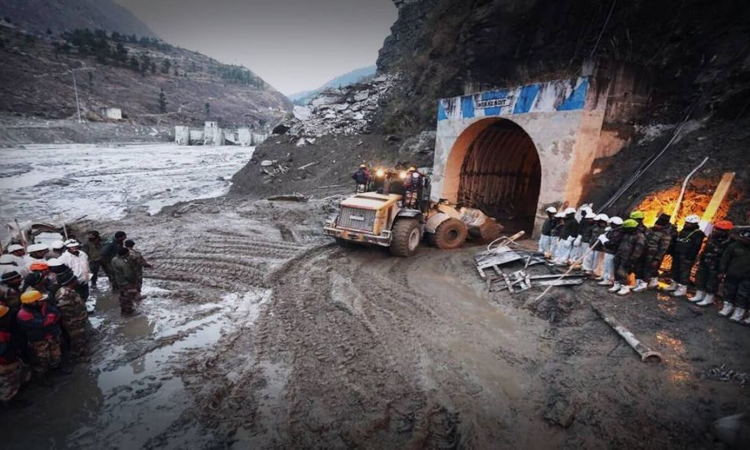No Link Between Char Dham Highway Project & Uttarakhand Disaster, Centre Tells Supreme Court
Mehal Jain
17 Feb 2021 1:23 PM IST

Next Story
17 Feb 2021 1:23 PM IST
In connection with the Char Dham Highway Project, the Supreme Court on Thursday granted two weeks' time to the Centre to file its response to the report of the court-appointed High Powered Committee, in the wake of the recent Uttarakhand floods.Appearing before a bench headed by Justice Rohinton Nariman, Attorney General K. K. Venugopal, for the Defence Ministry, advanced that the assertions...
